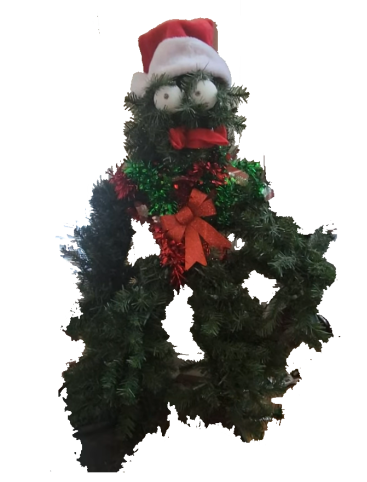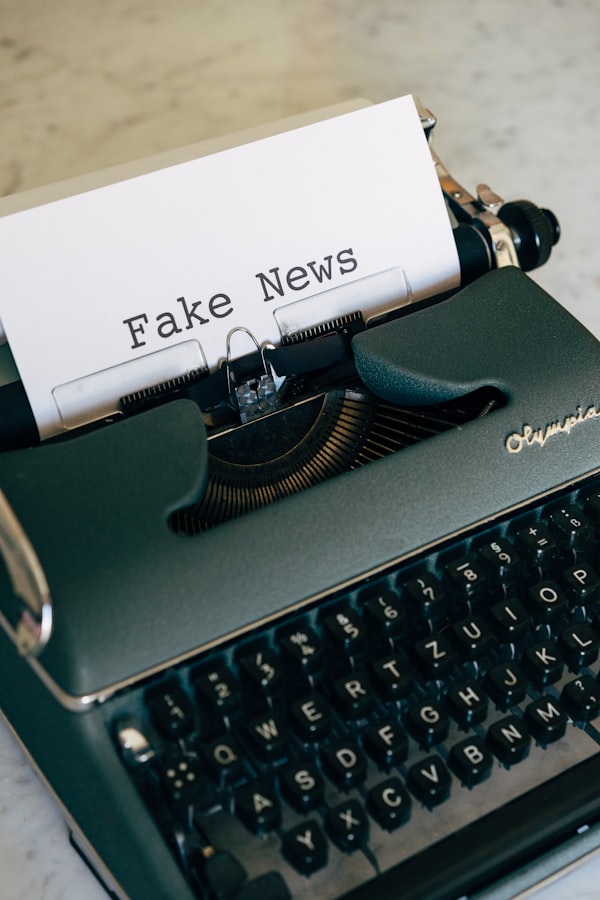How weavers helped invent computers and put them on the moon
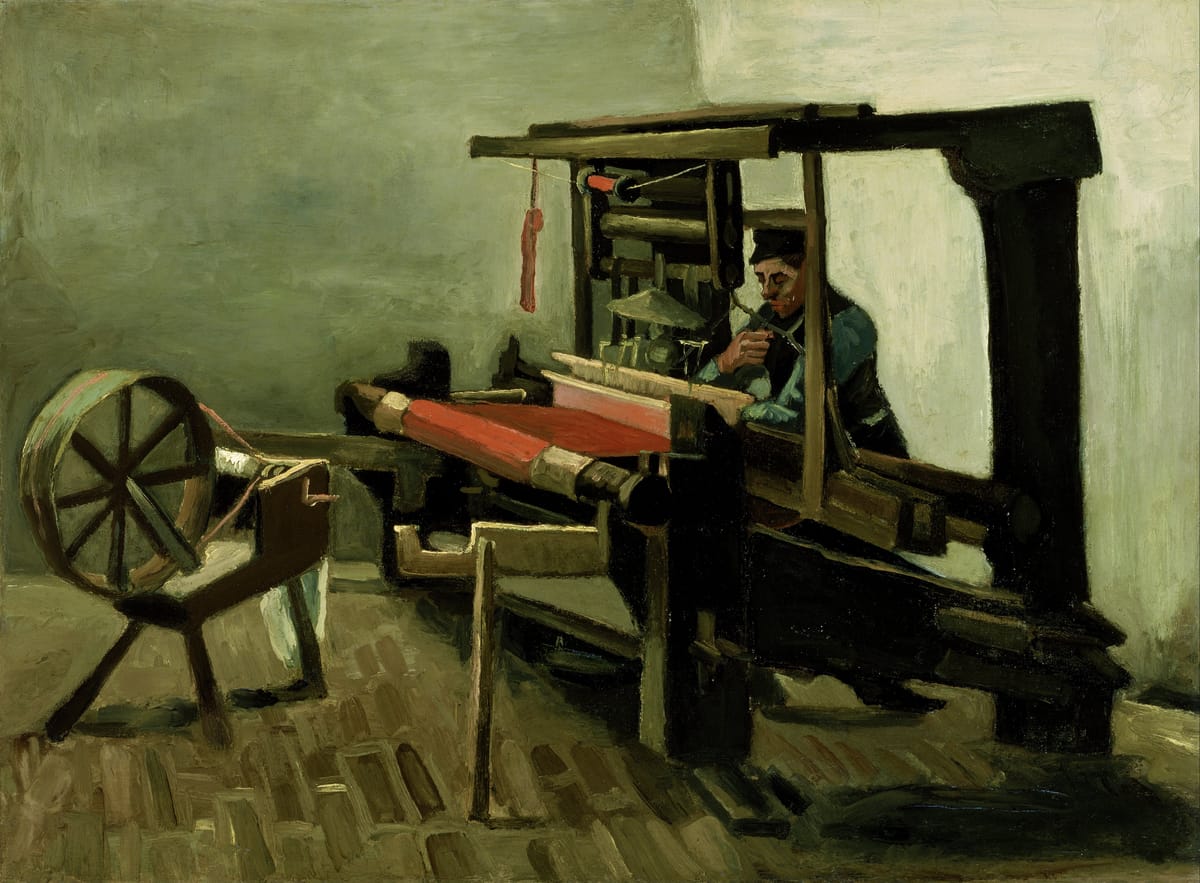
You’re probably wearing clothes right now. Unless some madman printed out this article, you are reading this on some kind of computer (be it laptop, computer, cellphone, or tablet). So, computers and weaving already have you in common. But there’s a bit more shared history between the two than “being used by nearly all humans”. In fact, computers wouldn’t be where they are today without weaving, and vice versa.
Weaving textiles gave us punchcards
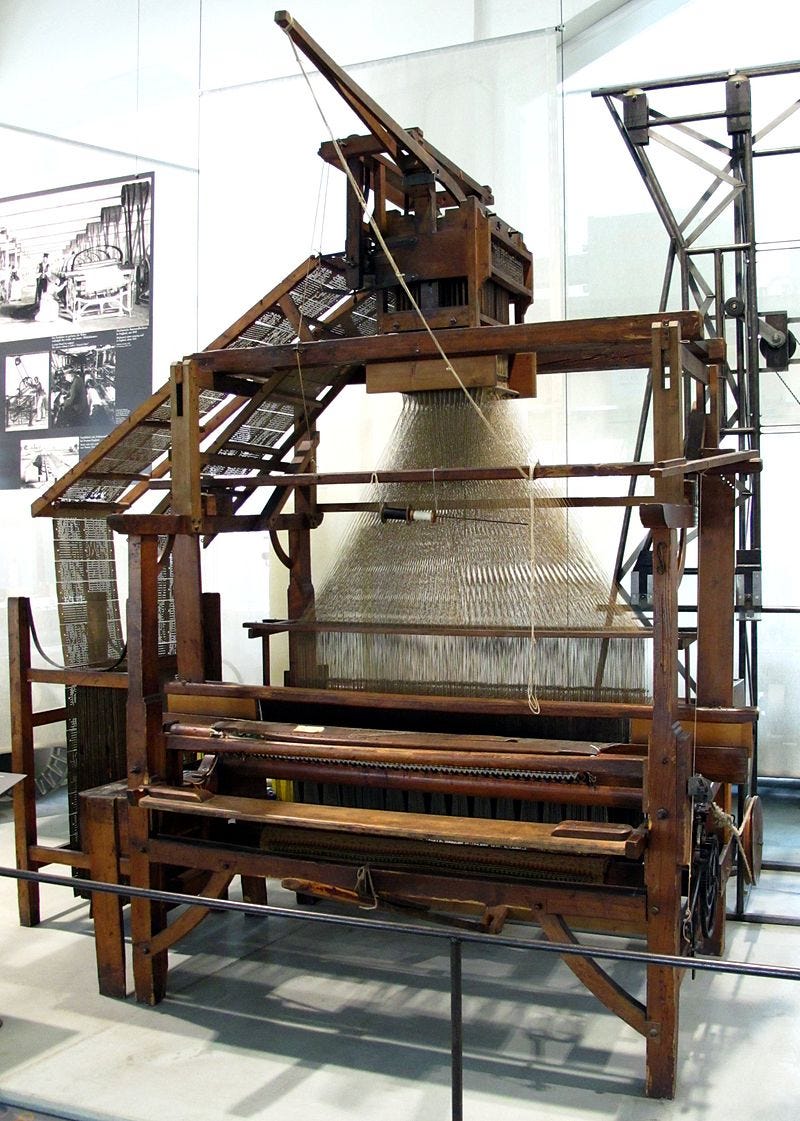
Weaving. In the early-mid Industrial Revolution, weaving machines required a child with small fingers looking at a reference pattern, manually pulling the warp thread up and down through the weft thread.
Then Joseph Marie Jacquard stepped in with an ingenious idea: the punchcard. As the loom worked through the fabric, the Jacquard machine (attached to the loom) would also work through a punchcard. If there was a hole, a little arm would pass through the card, which would move the loom so that the warp thread would rise before the weft would pass. A lack of hole would make it fall.¹
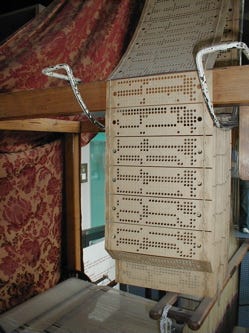
Now you could send the small boy to find some other industrial job and pocket the difference! The punchcards and the patterns they detailed were valuable though, and often were copied or stolen in what could be thought of as the earliest form of software piracy.¹
Babbage knew of these machines, and as he designed the Analytical Engine, he planned to use the punchcards to store instructions, though that Engine was not realized in his lifetime. Ada Lovelace saw this connection to textiles herself, and realized that this afforded the Analytical Engine flexibility for more than simple calculations.²
Herman Hollerith would, while working for the 1890 U.S. Census, later expand the idea to become a means of input data (as opposed to program data).
The idea of holes being used to store data(and not just instructions) would be seen in the mid 1900s to store program instructions in paper tape.
Weaving Space-Age Memory
It’s the literal space age. The magnetic tapes, disk drives, and punch cards are too fragile or slow or big to just yeet into space without worry. But with weaving, you could get something dense and reliable (but read-only).
Read-only memory to hold the programs for the Apollo Guidance Computers were what are called “Core rope memory.” By now, memory had progressed from being physical holes in a medium to being electronics.
Now, you had wires for each ‘word’ of memory, and a magnetic donut corresponding to each bit of memory. With the most basic version of the memory, wire would go through the donut to signify that that bit was 1 for that wire’s address, and would bypass that donut if it wanted to signify a 0 instead.³ With the Saturn V and the Apollo Program, they did a fancier version and used the polarity of the donut (rather than the presence or lack therein on the wire) to determine the bit’s value.
Smarter Every Day has a nice video about the memory system for the Apollo Guidance Computers in particular.
These wires were literally woven by hand in factories. Several copies of this memory were used for redundancy, and together they could withstand vibrations and power outages that other storage schemes weren’t suitable for.
Giving back… and forth since then
It wasn’t a one-way street, of course. Like in every other industry, computer programs now exist to help automate things like weaving (both baskets and cloth) or embroidery. Computer science still occasionally steals terminology from the textile industry, like “threads”, “spooling”, “fabric computing” and “switched fabric”.
The world is big and filled with so many things to learn. Who knows what else modern technology can draw inspiration (or steal) from!
¹https://99percentinvisible.org/episode/kids-clothes-articles-of-interest-1/transcript/
² https://fortune.com/2014/09/18/walter-isaacson-the-women-of-eniac/
³ https://web.archive.org/web/20160822041959/http://www.cs.ubc.ca/~hilpert/e/corerope/index.html

